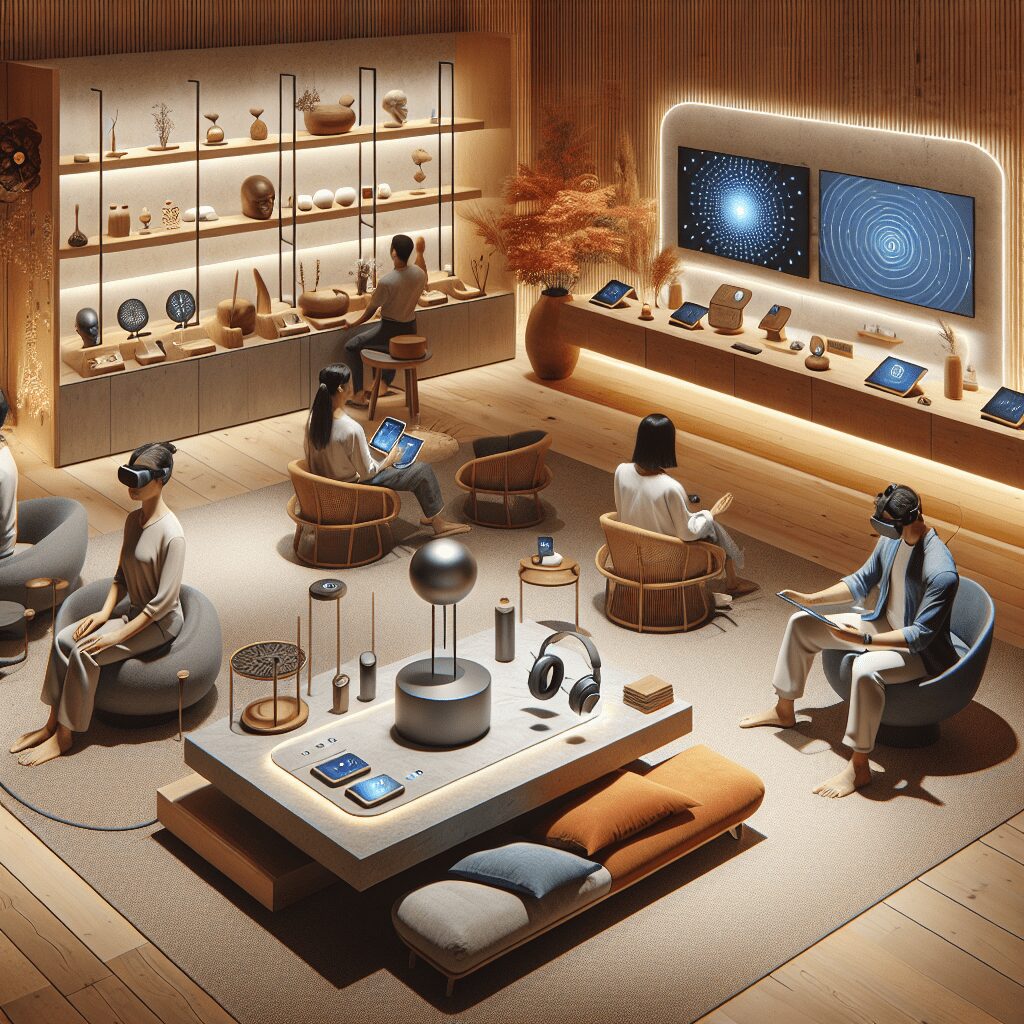
Prioritize your mental well-being daily. Enhance your life by nurturing your mental health with the Smart Meditation app. Break free from stress, alleviate anxiety, and enhance your sleep quality starting today.
How To Simulate An Anxiety Attack?
Unlocking the Enigma: Simulating an Anxiety Attack
For anyone who’s ever wondered, “Gee, what’s it like to have an anxiety attack?”—you’re about to embark on a rather eye-opening journey. Simulating an anxiety attack isn’t about dramatizing or diminishing real sufferers’ experiences. Instead, it’s a tool for empathy, understanding, and sometimes even therapeutic insight. Let’s delve into the riveting world of anxiety simulation, but remember, it’s one thing to simulate and quite another to live through it.
Why Simulate?
You might be scratching your head, thinking, “Why on earth would someone want to simulate an anxiety attack?” Well, hold your horses, and I’ll tell you. Educators, psychologists, and even virtual reality developers have found that simulating the experience of an anxiety or panic attack can profoundly impact understanding and empathy in those who’ve never experienced it. It’s a powerful tool for breaking down stigma and building bridges in our all-too-often disconnected society.
The Roadmap to Simulation
1. The Setting: First off, grab your metaphorical paintbrush, because we’re going to paint a picture. Imagine you’re in a crowded place, the kind that makes you think, “Wow, that’s a whole lotta people.” The kind of place that’s just itching for a flash mob to break out. Got that mental image? Good, let’s keep rolling.
2. Diving Into The Deep End: Time to crank up the volume on your imagination. You’re in this bustling place, right? Suddenly, out of the blue, your heart decides to go NASCAR on you—zero to sixty in the blink of an eye. Now, don’t just think “fast”; think ungodly fast, like it’s trying to break free.
3. The Sensory Overload: As your heart’s doing its best impression of a runaway freight train, your surroundings morph into an overwhelming cacophony. Every sound is magnified, every light is blindingly bright, and the very air feels heavy, almost suffocating.
4. The Physical Manifestation: Here’s where things get a bit more tangible. Imagine a sensation of tightness wrapping around your chest like a boa constrictor that’s decided you’re its next meal. Your breaths are shallow, your palms sweaty—knees weak, arms heavy. Okay, maybe not the last part, but you get the picture.
5. The Isolation Factor: Despite being surrounded by people, a profound sense of isolation blankets you. It’s as if you’re in a bubble—visible to all, yet utterly alone. This dichotomy between your internal turmoil and the external normalcy exacerbates the feeling of panic.
Wrapping it Up: A Word of Caution
Now, while this little exercise in imagination might give you a glimpse into the maelstrom that is an anxiety attack, it’s crucial to remember that this is but a shadow of the real deal. True anxiety attacks are not only profoundly distressing but also inherently uncontrollable. They’re not an “experience” you can switch off once you’ve had your fill.
So, why go through this mental exercise? It’s all about fostering understanding and empathy. In a world where mental health still battles against misconception and stigma, any tool that can bridge that gap, that can shine a light on the reality of these experiences, is invaluable.
Remember, though, simulation is no substitute for conversation. If you’re really keen on understanding, talking to those who’ve walked through the fire and come out the other side is about as real as it gets. Listen, learn, and let their stories guide your journey toward a deeper understanding of what it means to live with anxiety.





